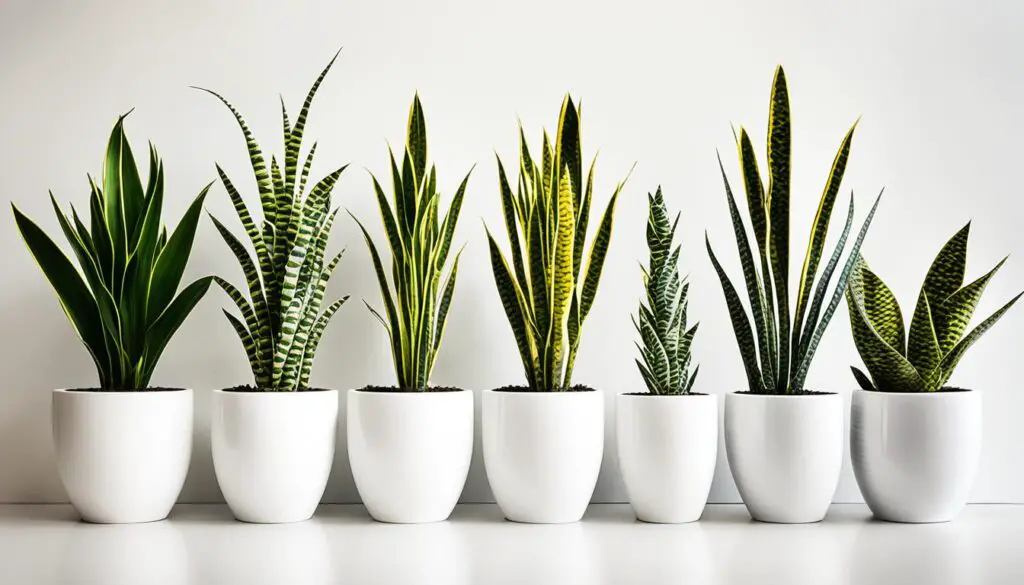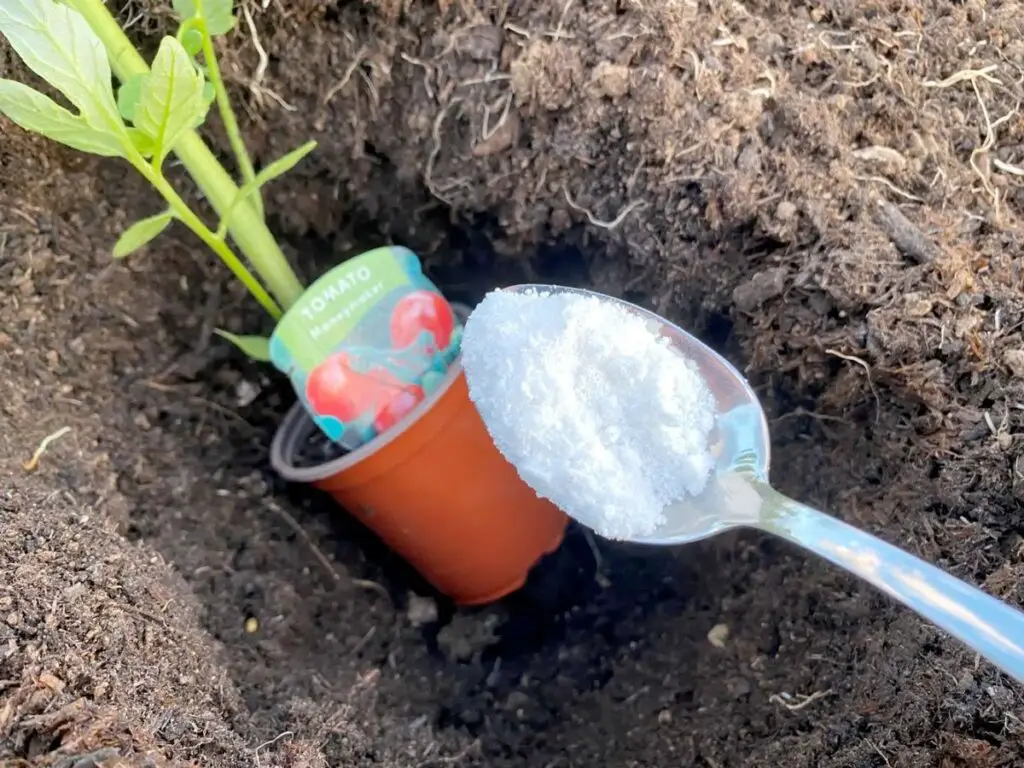Adding a snake plant, also known as a sansevieria or mother-in-law’s tongue, to your indoor garden is a great choice.
These plants are tough and don’t need much care. They’re perfect for those who are new to plants or have a busy schedule.
This guide will teach you how to grow and care for your snake plant. You’ll learn about the best varieties, watering, lighting, and temperature needs.
Whether you want to brighten your home or learn to propagate these plants, you’ll get all the info you need.

Key Takeaways
- Snake plants are incredibly low-maintenance and can survive long periods of neglect.
- There are several popular snake plant varieties, each with unique features and growth habits.
- Proper watering, lighting, and temperature conditions are essential for keeping your snake plant healthy.
- Propagating snake plants is a simple process, allowing you to grow new plants from existing ones.
- Snake plants are known for their air-purifying properties, making them a great addition to any indoor space.
What is a Snake Plant?
Snake plants, also known as Dracaena trifasciata (previously Sansevieria trifasciata), are a favorite among houseplants.
They have stiff, sword-like leaves in various unique styles. All snake plants are easy to care for and can grow well in many conditions.
Popular Snake Plant Varieties
Some top snake plant types include:
- Dracaena hahnii, also called the “Bird’s Nest” snake plant, with its compact and rosette-like growth habit.
- Dracaena cylindrica, featuring cylindrical, upright leaves.
- Dracaena masoniana, the “Whale Fin” snake plant, known for its broad, wavy leaves.
Each variety of snake plant has its own special look. Whether you pick a classic Dracaena trifasciata or a unique one, they’re easy to care for and will do well with little attention.
“Snake plants are known for thriving on neglect, making them ideal for beginners or individuals with busy schedules.”
| Variety | Leaf Shape | Unique Features |
|---|---|---|
| Dracaena trifasciata | Sword-like | Classic snake plant |
| Dracaena hahnii | Compact, rosette-like | “Bird’s Nest” snake plant |
| Dracaena cylindrica | Cylindrical, upright | Unique leaf shape |
| Dracaena masoniana | Broad, wavy | “Whale Fin” snake plant |
Grow A Snake Plant and Care
Snake plants are easy to care for and can survive with little attention. To keep a snake plant healthy, make sure it gets the right watering, lighting, and temperature. With these simple care tips, your snake plant will show off its stunning leaves.
Watering Requirements
Water the plant when the soil is dry, which is usually every 2-3 weeks. Avoid overwatering to prevent root rot, a common problem for snake plants. These houseplants can handle irregular watering and won’t mind if you forget to water them.
Light and Temperature Needs
Snake plants like bright, indirect light but can also do well in low light. Keep them in warm temperatures, above 10°C (50°F), and away from cold drafts. Following these snake plant care tips will help your plant thrive indoors or outdoors.
“Snake plants can grow anywhere from 8 inches to 12 feet tall, making them suitable for indoor and outdoor environments.”
With the right balance of water, light, and temperature, your snake plant will flourish. These simple guidelines will help you grow a healthy, vibrant snake plant. It will purify the air and add natural beauty to your space.

Caring for Your Snake Plant
To keep your snake plant healthy, you need to know a few key things. You can grow new plants by dividing the rhizomes or taking leaf cuttings. These plants are great at cleaning the air, removing toxins like formaldehyde from your home.
Make sure to dust the leaves often to keep them looking good. Also, watch out for pests like scale insects. This will help keep your plant healthy and pest-free.
When your plant gets too big for its pot, it’s time to repot it in the spring. This gives it more room to grow. With the right care, your snake plant can live for many years, adding beauty to your home.
This guide covers everything from propagating new plants to keeping them pest-free. With some knowledge and the right methods, you can keep your snake plant happy and thriving.
FAQ
What are the benefits of growing a snake plant?
Snake plants are easy to care for and can survive with little attention. They are great air purifiers, removing harmful toxins like formaldehyde from your home.
What are the most popular varieties of snake plants?
Popular snake plant types include Dracaena trifasciata, known as the “mother-in-law’s tongue.” Dracaena hahnii is another favorite, often called “Bird’s Nest.” Dracaena cylindrica has cylindrical leaves, and Dracaena masoniana is known as the “Whale Fin.”
How often should I water my snake plant?
Water your snake plant when the soil feels dry, usually every 2-3 weeks. Make sure not to overwater, as it can cause root rot.
What kind of light and temperature do snake plants need?
Snake plants like bright, indirect light but can handle lower light. They do well in warm temperatures above 10°C (50°F). Keep them away from cold drafts.
How do I propagate a snake plant?
Propagate snake plants by dividing the rhizomes or taking leaf cuttings. This method allows you to grow new plants from your current one.
How do I care for the leaves of my snake plant?
Clean the leaves of your snake plant regularly to remove dust. This helps the plant get enough light and keeps it looking vibrant.
When should I repot my snake plant?
Repot your snake plant in the spring if it becomes pot-bound. This gives it more room to grow and helps it thrive.



